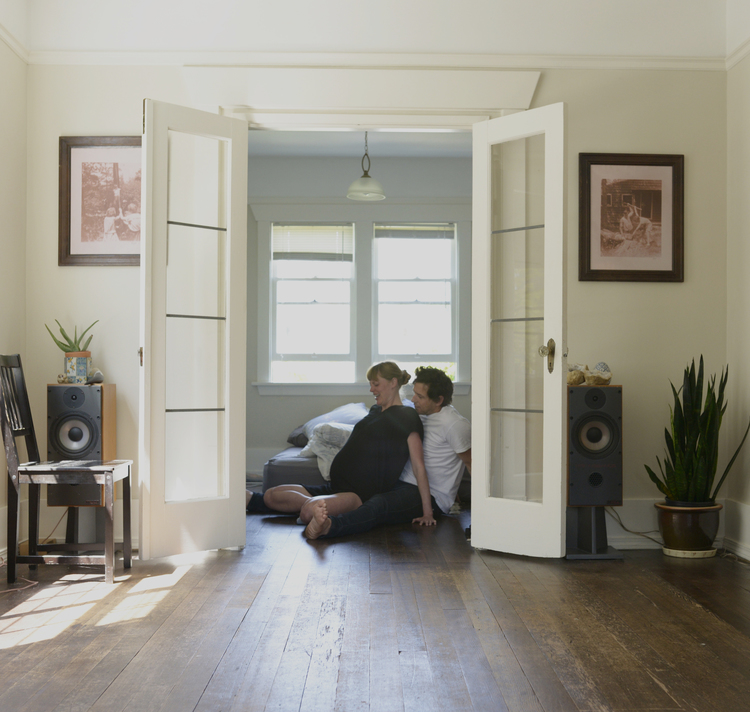Many people wonder how and when the baby should be separated from the placenta, especially those in the “free birth” community who may be birthing without professional attendants. Here are some things to consider about the baby’s umbilical cord:
When to cut the cord:
My opinion is that the best thing to do is to wait to cut the cord until the placenta is born. How soon is up to you, but physiologically any time after the birth of the placenta and when you are ready (some people never cut the cord and leave it attached to the placenta until it naturally dries off and breaks off on its own – that’s called a “lotus” birth). In terms of benefit to the baby, as long as the umbilical cord has changed from thick, coiled, and blue / purple to limp and flat and white, you know the blood circulation between the baby and placenta has stopped and the placenta has finished its work for the baby. Any point after this is safe to cut for the baby. HOWEVER to ensure a healthy and undisrupted birth of the placenta, it is typically best to do as little fiddling unnecessarily as possible to keep your own natural hormones flowing that help with a smooth placenta birth.
How to cut the cord:
Some people will use sterile scissors to cut the cord. Others will do “cord burning“, which is a method of using flame to separate the cord from the placenta. To sterilize scissors if that is your chosen method, boil metal scissors in a pot of water for twenty minutes.
How to clamp the cord:
TECHNICALLY the vessels in the cord should all clamp themselves down and some will say a clamp is in theory not necessary (mammals in the wild don’t use clamps), but to be on the cautious side a clamp for the first day or two or until the cord dries or falls off is good for peace of mind and not risking the baby losing any blood through the cord (they don’t have very much to lose, so it’s important for them to keep all of it!).
You can clamp the cord with a plastic cord clamp, elastic umbilical cord band, or cauterize it with the cord-burning method described above.
Elastic bands can be nicer / less bulky than the plastic clamps. The bands can be left on until the cord falls off as they aren’t in the way of anything. Some people also will just use toothfloss or string or something simple like that to tie it off, though it’s important to make sure it’s clean and secure (You’ll hear 911 operators suggesting this to people who have accidental unassisted births). If using the plastic clamp, you can remove it after a day or two when the cord is a bit more dry.
How long to leave the baby’s end of the cord:
People usually leave an inch or two of cord so it’s not too short. If cord-burning, you will need to leave the cord longer as it’s not good practice to hold a flame too close to a new baby! Some say the cord will dry and fall off more quickly with a longer cord.
How to care for the umbilical cord:
The cord stump left attached to the baby doesn’t need any special care – best to leave it alone and dry. Leaving it exposed to air will allow it to dry and fall off more quickly (fold any diapers down to leave cord exposed, etc).
